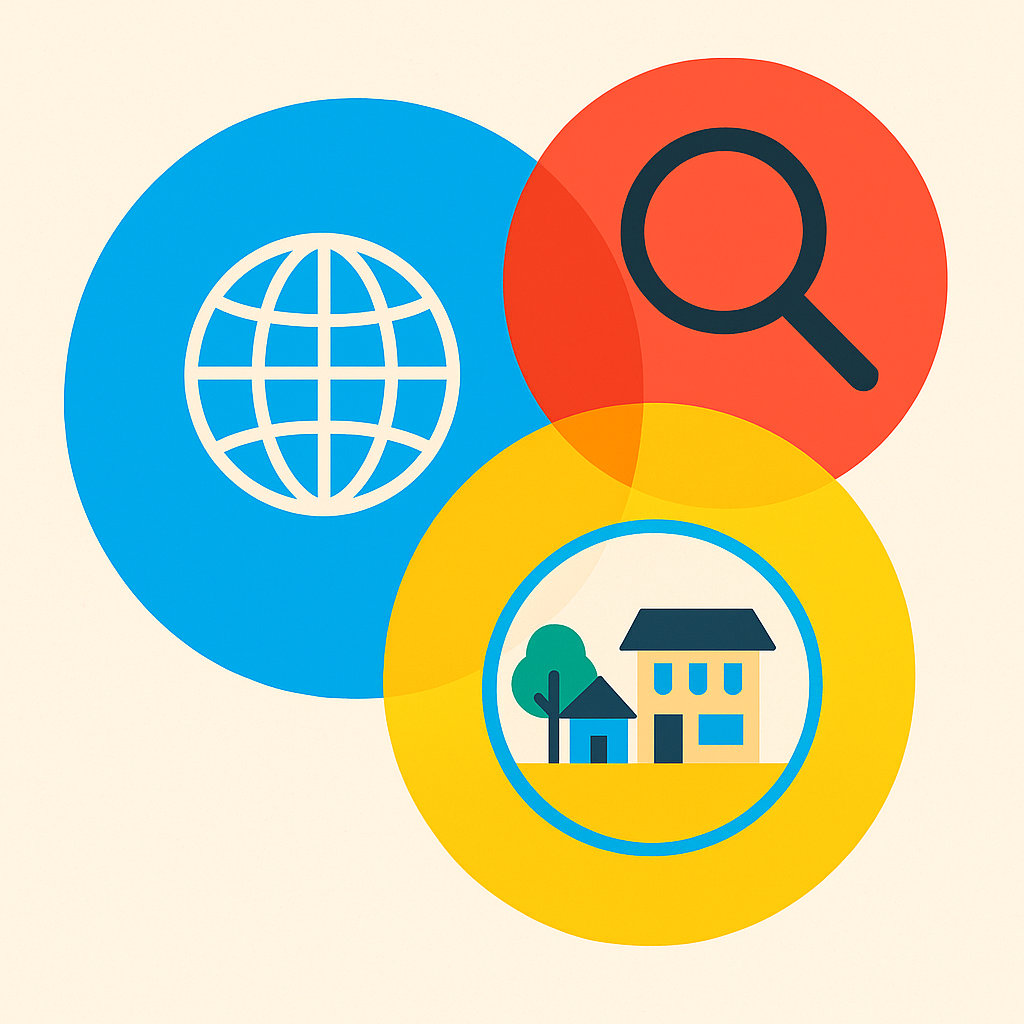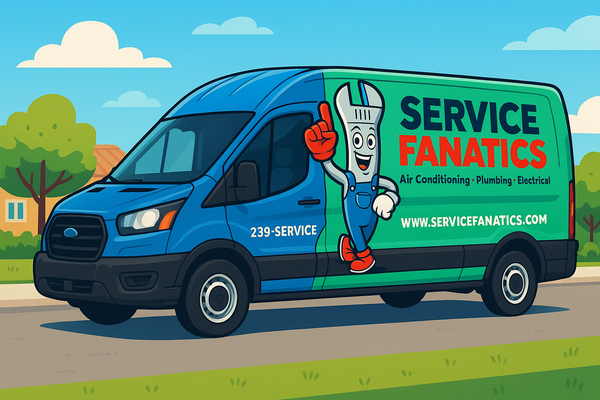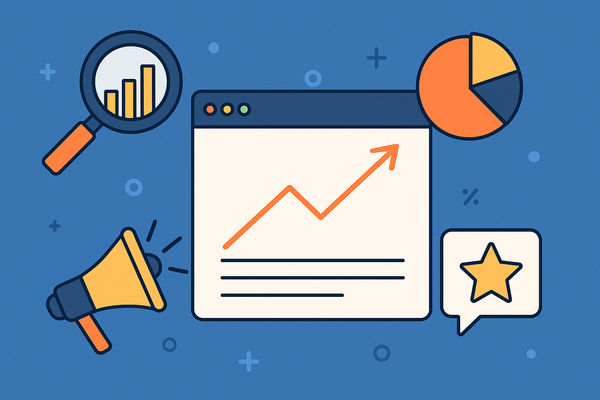How Local Ads Stack Up Against Facebook and Google Ads
This article breaks down how local ads stack up against the giants—and why hyperlocal targeting may be the most cost-effective strategy for neighborhood businesses.

When it comes to digital marketing, small business owners are often faced with a tough decision: where to put limited ad dollars. The big players—Facebook and Google—promise reach and sophisticated targeting. But newer solutions like local advertising platforms are designed specifically for neighborhood-level visibility.
So how do local ads compare to Facebook and Google ads? Let’s break it down.
The Landscape: Facebook, Google, and Local Advertising
- Facebook/Instagram Ads: Part of Meta’s platform, known for demographic and interest targeting. Great for broad brand awareness and social engagement.
- Google Ads: Covers search, display, and YouTube. Best for capturing people who are actively searching for services (“plumber near me,” “best Italian restaurant in Naples”).
- Local Ads (Geofencing & Geotargeting): Focused on reaching people based on location—ZIP codes, neighborhoods, or radiuses around your business. Instead of spraying impressions everywhere, they zero in on the customers most likely to walk through your door.
Targeting: Who Sees Your Ads?
- Facebook/Instagram
- Target by demographics (age, gender, interests).
- Location targeting is possible, but often broad (city-level or larger).
- Privacy updates (like iOS tracking changes) have reduced precision.
- Google
- Search ads capture intent in real time—someone looking for “emergency plumber” is ready to hire.
- Display ads can be targeted by demographics, interests, and remarketing.
- Geotargeting exists, but still often covers larger regions.
- Local Ads
- Built specifically for neighborhood-level targeting.
- Reach exact ZIP codes, HOAs, or a 1- to 5-mile radius around your storefront.
- Ideal for businesses with the majority of their best customers nearby—such as restaurants, home services, boutiques, and gyms.
✅ Advantage: Local Ads for precision.
Cost & Efficiency
- Facebook/Instagram:
- CPM (cost per 1,000 impressions) can range from $7 to $15, depending on the level of competition.
- Great for brand building, but costs add up fast.
- Google Ads:
- CPC (cost per click) varies widely by industry—from $2 for restaurants to over $ 50 for attorneys.
- Search ads can be pricey in competitive markets.
- Local Ads:
- Typically start at as little as $5/day.
- Spend is concentrated in a tight geographic area, so no wasted budget reaching people too far away to convert.
✅ Advantage: Local Ads for cost-conscious small businesses.
Ease of Use
- Facebook/Instagram: Powerful platform, but requires learning Ads Manager, pixel setups, creative testing, and constant monitoring. Many small businesses hire agencies just to manage campaigns.
- Google Ads: Highly effective but complicated. Keyword research, bidding strategies, ad extensions, and negative keywords all add complexity to the process. Without expertise, it’s easy to burn through the budget.
- Local Ads: Designed for simplicity. Platforms like HeyNeighbor remove the guesswork—choose your area, upload your ad, and the system runs it across trusted sites and apps.
✅ Advantage: Local Ads for simplicity.
Measuring Results
- Facebook/Instagram:
- Strong analytics on engagement (likes, clicks, shares).
- But tying results directly to in-store visits can be tricky.
- Google Ads:
- Excellent tracking for online conversions (form fills, calls, purchases).
- In-store tracking requires extra setup (and often doesn’t capture the whole picture).
- Local Ads:
- Trackable impressions, clicks, and—most importantly—neighborhood-level engagement.
- Some platforms even show foot-traffic lift: did people who saw your ad actually visit?
✅ Advantage: Tie goes to Google for search intent; Local Ads win for walk-in businesses.
Which Should You Choose?
The answer depends on your business type and goals:
- Choose Google Ads if you rely on urgent, high-intent searches (plumbing, law, healthcare).
- Choose Facebook/Instagram Ads if you’re building a brand, event buzz, or broad awareness.
- Choose Local Ads if your success depends on nearby customers—restaurants, retail shops, gyms, churches, contractors, salons, real estate agents, and service providers.
For many small businesses, the smartest strategy is a blend: Google to capture high-intent searches, Facebook for broader awareness, and local ads to dominate the neighborhood.
Final Takeaway
Big platforms like Facebook and Google will always have a place in digital marketing. Still, for local businesses with limited budgets, hyperlocal ads often deliver the best value. They’re affordable, simple, and laser-focused on the people who are most likely to buy from you—your neighbors.
If you’re looking for a way to get more customers without drowning in dashboards, HeyNeighbor makes local advertising simple. You pick the neighborhoods. We deliver the ads. Your business gets noticed.





